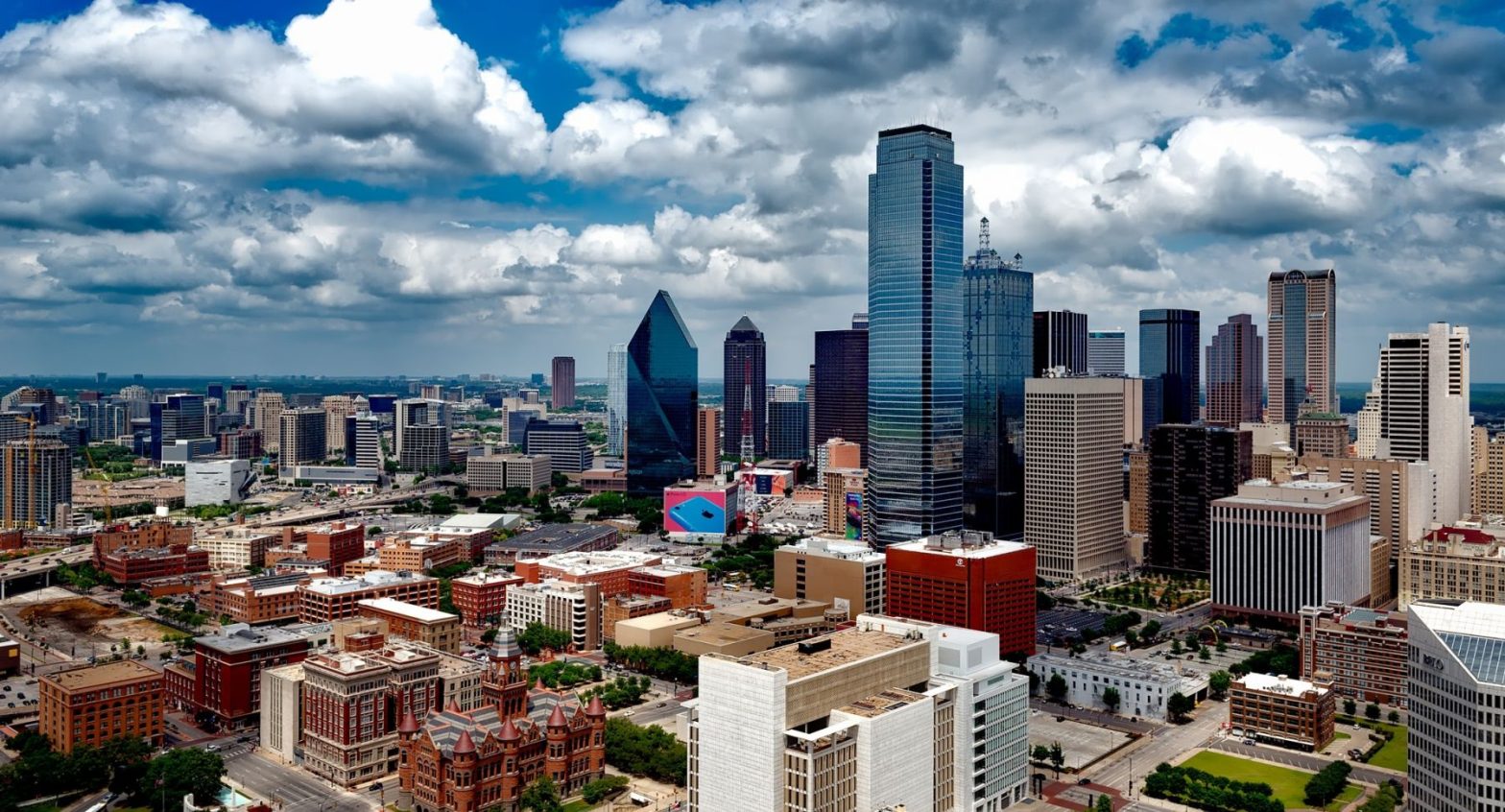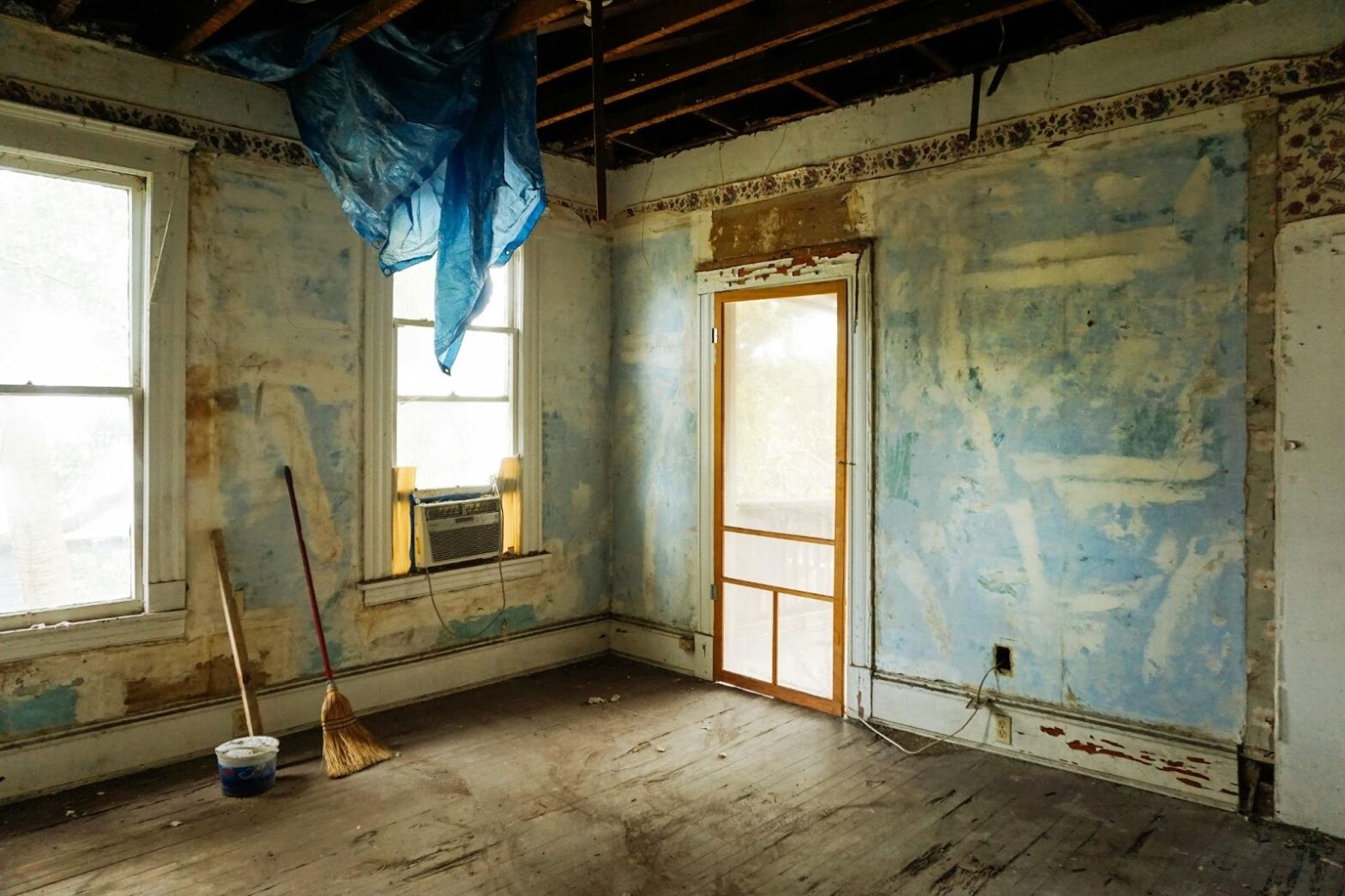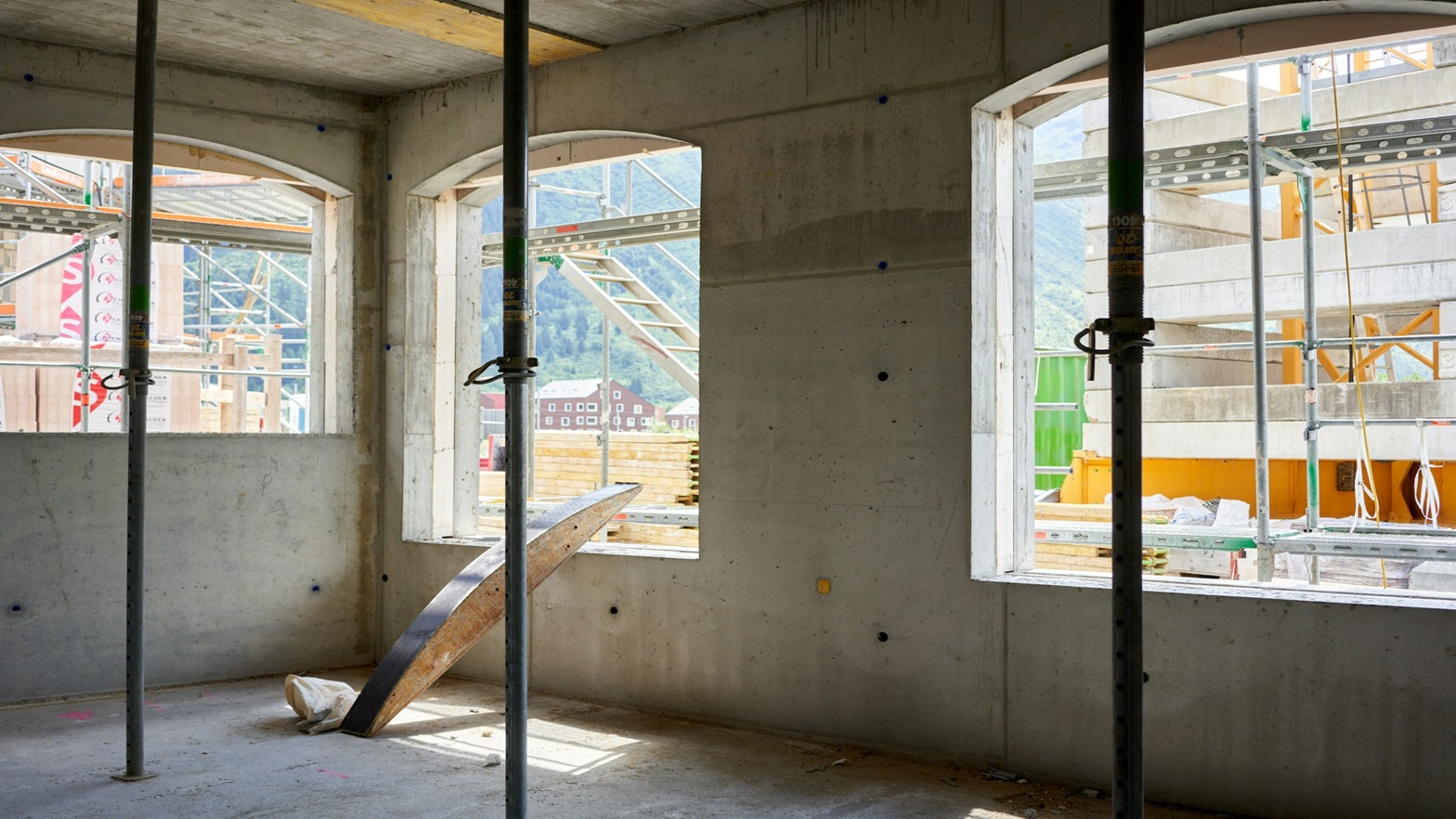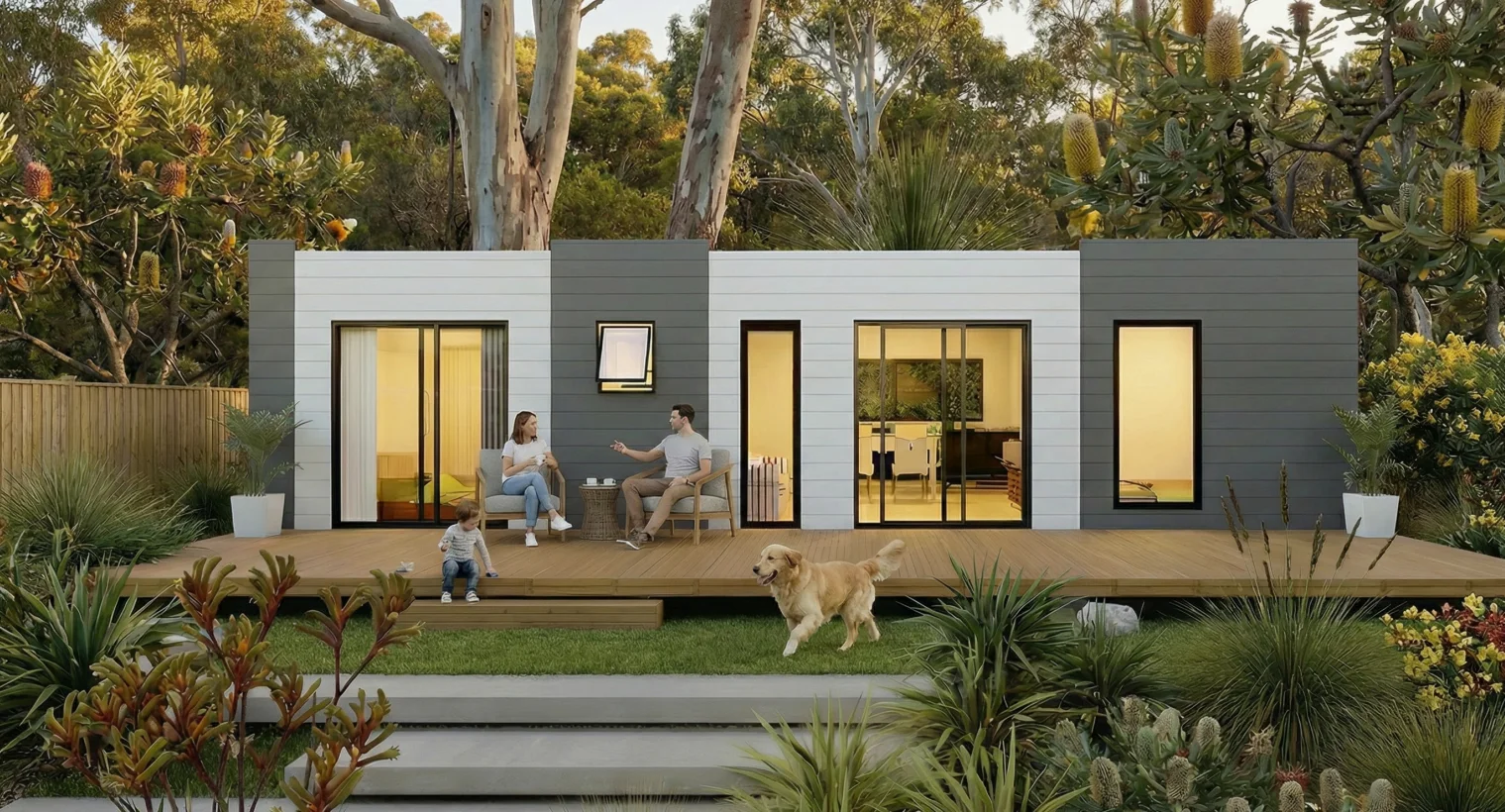Dallas has gone through quite the growth spurt over the last decade. The city’s skyline is practically unrecognizable compared to just 10 years ago. Sparkling glass high-rises seem to sprout up overnight, one after another. Neighbourhoods like Uptown and Downtown have become dense urban jungles, with luxury condo towers crowding the landscape. And the building boom shows no signs of slowing down.
But how did Dallas transform so rapidly into a modern metropolis with stunning architecture? You might be surprised to learn that behind these gleaming new structures lies an alternative financing network. Hard money lenders have fuelled much of the real estate development reshaping Dallas’ skyline.
The Booming Dallas Real Estate and Construction Market
Dallas has boomed from a relatively modest business hub into a major economic engine and population center in the South. The city’s population now exceeds 1.3 million residents, having grown over 20% since 2010. Dallas commands the fourth largest metropolitan economy nationwide, trailing only coastal giants like New York and Los Angeles.
Rapid job growth, affordable living, and a business-friendly environment continue attracting new residents and companies alike. With all this expansion comes heightened demand for housing and commercial real estate. Developers are racing to build new mixed-use towers downtown and multifamily housing in surrounding neighbourhoods.
Just look at what’s rising in hot areas like Uptown lately. High-profile projects include the $2 billion Park District with 7 towers, new headquarters for JP Morgan Chase and McKesson Corp, and luxury residential buildings The Ashton, The Centrum, and The Simpson Stuart. Downtown Dallas also continues its revitalization, with exciting developments like The Epic mixed-use complex and revamps of historic structures.
The construction cranes dotting Dallas’ landscape reveal a development boom in full swing. The total value of construction projects currently underway in Dallas totals over $10.6 billion. Surely this building frenzy needs loads of financing to sustain itself. That’s where hard money lenders enter the scene.
Hard Money Loans Explained
You’ve probably heard of hard money loans mentioned in relation to real estate investing. But what exactly are these financing products and how do they work?
Hard money loans are a form of alternative financing provided by private lenders rather than banks or mortgage companies.
These loans serve several useful purposes:
- Quick funding – Hard money loans close far faster than conventional mortgages, in days or weeks rather than months. Speed is their biggest advantage.
- Flexible qualifying – Borrowers qualify based on the asset’s value rather than personal income or credit scores. Those who can’t get traditional financing may benefit.
- Bridge financing – Hard money offers short-term financing until longer-term loans are secured.
- Rehab funding – Loans cover both purchase and renovation costs for fix-and-flip projects.
While hard money solves many problems, it comes at a price. Interest rates typically range from 8% to 15% and require upfront fees of 5% or more. The loans also feature short terms of 1-3 years.
Now that you understand the basics of hard money lending, let’s see how it enables Dallas’ development boom.
The Role of Private Lenders in Dallas
Dallas has a robust community of private lenders offering hard money financing to real estate investors and developers. Major players include Rehab Financial Group, Longhorn Investments, and Tidal Loans. Local investors praise these top Dallas hard money lenders for delivering speedy funding and personalized service.
These private lenders typically provide between $200,000 and several million dollars per deal. For larger projects, they may partner with other companies to assemble enough capital. Interest rates often fall between 8-12% based on the deal specifics.
How to Secure a Hard Money Loan in Dallas
Contrary to what the name might suggest, hard money loans don’t actually involve jumping through difficult hoops or convoluted processes. The key to securing these alternative financing loans boils down to one central factor – the property’s valuation potential.
The application process itself is surprisingly simple and fast. Your property will undergo a thorough inspection and appraisal to determine its market value and renovation potential. Make sure to be transparent about any issues needing repair or renovation.
Next, you complete a streamlined loan application outlining your proposed scope of work and intended use of funds. The lender will process this application swiftly, basing their decision on the asset rather than your own financial history.
Within days or weeks, you could have loan approval and funding in hand. It happens far faster than waiting months for traditional financing. Hard money loans pride themselves on speed and convenience.
Impact on Dallas’ Evolving Urban Landscape
So what kind of impact have money loans had on the changing urban geography of Dallas? In terms they have played a role, in fuelling the construction boom that is reshaping the city’s skyline.
These loans offer developers quick access to capital for projects that define neighbourhoods like Uptown and Downtown. Without these alternative financing options many developers would struggle to undertake large scale endeavours. Hard money lenders understand the challenges of real estate development. Play a role in providing essential funding to turn ambitious visions into reality.
For instance take The McKinney Uptown, a brand luxury tower standing 44 stories tall. This impressive project kicked off its construction swiftly by utilizing over $100 million in money loans. Once completed it will introduce more than 500 units to an already thriving neighbourhood filled with modern high rises.
The availability of money lending allows developers to acquire land, initiate construction projects and swiftly add inventory at an accelerated pace. This extensive network of financing supports Dallas transformation from a sprawling metropolis into a populated hub. Consequently these growth patterns have effects on land values, housing prices, rental rates, zoning regulations and even demographics, across Dallas.
In Conclusion
Dallas’ hard money lenders occupy a crucial yet discreet role in the real estate ecosystem. By providing alternative financing, they empower developers, investors, and builders to capitalize on demand and expand Dallas’ boundaries upward. The soaring glass towers dominating Big D’s horizon offer proof of their profound impact.





























